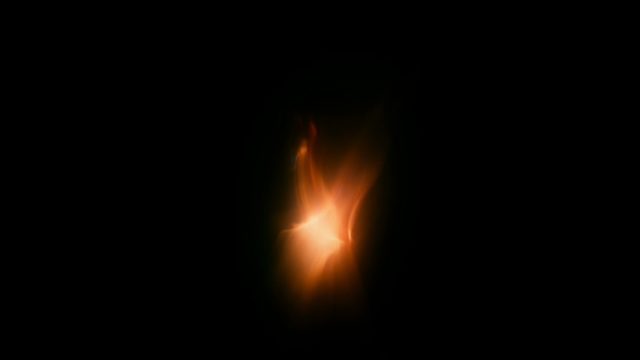It’s strange to think back to 2011, when the prospect of a new Terrence Malick movie was rare enough to inspire excitement rather than dread in the cinephile community. For the first four decades of his career, Malick only made five movies, with the legendary and mysterious 20-year hiatus between 1978’s Days of Heaven and 1998’s The Thin Red Line becoming the source of persistent rumors and speculation. Even after The Thin Red Line, we had to wait seven years for his follow up, The New World. It was six years after that when Malick released his next feature (and this author’s personal favorite movie) The Tree of Life, earning critical plaudits, winning the Palme D’Or, and alienating audiences around the world.
The Tree of Life feels like a culmination point in Malick’s filmography. Previously, he had a style all his own, featuring gorgeous cinematography, philosophical voiceover, and a focus on man’s interaction with the natural world. But his movies still had strong narrative throughlines — from the Battle of Guadalcanal in The Thin Red Line to the Starkweather killings in Badlands to the clashes between the Jamestown settlers and the Native tribesin The New World. But with The Tree of Life, Malick went full experimental. What narrative there is focuses on an architect, Jack (played by Sean Penn as an adult and Hunter McCracken as a boy) thinking back on his childhood in the 1950s with his brothers R.L. and Stevie (Laramie Eppler and Tye Sheridan, respectively) and parents (Brad Pitt and Jessica Chastain), on what is implied to be the anniversary of R.L.’s death.
What Malick understands, instinctively, is that memory isn’t a continuum; we remember bits and pieces, little snatches of experience we assign great meaning to. As such, scenes in the movie rarely play out in full, and even when they do, they do it with copious jump cuts. It creates the effect of watching a childhood in montage, keeping the pacing somehow propulsive and contemplative at the same time. Widely believed to be at least semi-autobiographical (Malick is notoriously protective of his personal life), Malick for the first time unmoors himself from the historical record and lays out, in the most maximalist terms possible, his life and beliefs.
What remains remarkable about The Tree of Life is Malick’s all-consuming vision. Working with special effects master Douglas Trumbull, Malick connects this one family’s love and grief to the creation of the universe in one stunning 20-minute sequence near the beginning of the film. It’s an incredible scene, awesome in its totality, and an illustration of the movie’s themes of nature and grace. Malick mirrors the sequence near the end of the film, depicting the destruction of earth by the sun going supernova, and an afterlife where the adult Jack is greeted by everyone he’s ever known. While the film betrays a spiritual (if not religious) tone, it never lapses into Evangelical fare like God’s Not Dead, mostly because it’s able to see the very functions of science itself as miraculous.
Even though Malick is my favorite director and The Tree of Life is my favorite film, I must confess that I never saw a movie he did after The Tree of Life. Part of the reason is that the diminishing critical returns scared me off of his subsequent projects (which, like The Tree of Life, are widely assumed to be semi-autobiographical). But mostly, it’s because The Tree of Life feels like the natural endpoint he’s been building up to his entire career; it’s not surprising that many of the rumors about his twenty-year hiatus revolve around him perfecting an early version of its script. What else is there to do after you create the universe in 20 minutes (with the assistance of Trumbull and cinematographer Emmanuel Lubezki, who also does career-best work here)? After recapturing some of his old magic with A Hidden Life, Malick has a new project coming this year, The Way of the Wind, a depiction of the life of Jesus (my guess: he portrays Jesus as a character with a deep spiritual connection to the natural world). For the first time in a while, it feels like a new Malick film is a cause for optimism.

